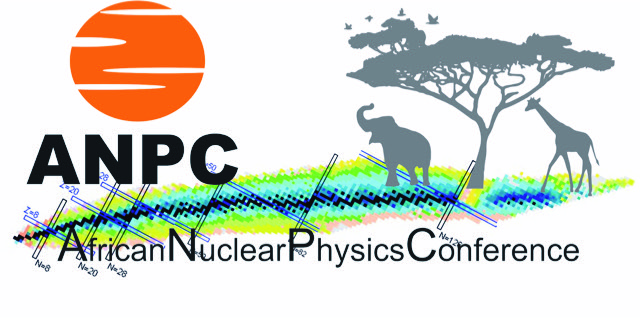Speaker
Description
Charged Particle Therapy has been demonstrated as a highly effective method for treating deep-seated tumours. About 90 facilities operate in the world, mostly using proton beams, while some of them also provide carbon-ion beams. Thanks to the energy release pattern of charged particles, characterized by the Bragg peak, the dose delivered to healthy tissues surrounding the tumour is minimized. Still, secondary particles produced by beam-tissue nuclear interactions pose an additional hazard that must be carefully taken into account in clinical treatment plans. With proton beams, target fragmentation generates low energy and short-range nuclear fragments with a high Linear Energy Transfer (LET). In case of carbon beams, projectile fragmentation is also relevant, as it produces longer-range fragments that release dose in healthy tissues after the tumour.
Measuring the cross sections of these processes up to 350 MeV/A is the main goal of the FOOT (FragmentatiOn Of Target) Collaboration, with 15 Institutions from 4 countries: an inverse kinematics approach will allow the detection of the 12C and 16O fragmentation generated in the interaction with graphite and hydrocarbons targets.
Proton- and light nuclei-induced nuclear fragmentation is also a relevant issue in the evaluation of radiation doses induced by the exposure to galactic cosmic rays, the main health risk for astronauts in deep space missions, a relevant topic given that current space programs focus on the exploration of the Solar system. For risk assessment and mitigation, Monte Carlo or deterministic transport codes are commonly used to calculate organ doses through different shielding materials. By measuring differential fragmentation cross sections of high-energy light ions in different shielding materials up to 700 MeV/A, the FOOT experiment will provide input required to improve the accuracy of the transport codes.
FOOT is designed as a portable detector that can easily operate in various facilities and collect experimental data with different beam conditions. The detector is optimized for heavy fragments identification through the measurement of their momentum, energy and time of flight, as well as the trajectory of the incident beam particle. For the measurement of light fragments all the subsystems after the beam monitor are replaced by an emulsion spectrometer, which measures the charge, energy and mass of the fragments.
Besides its physics motivations, the final design of the experiment, aiming at the measurement of differential cross sections with ~5% uncertainty for different beam-target combinations, and the present status of the development and performance of its components will be discussed.

